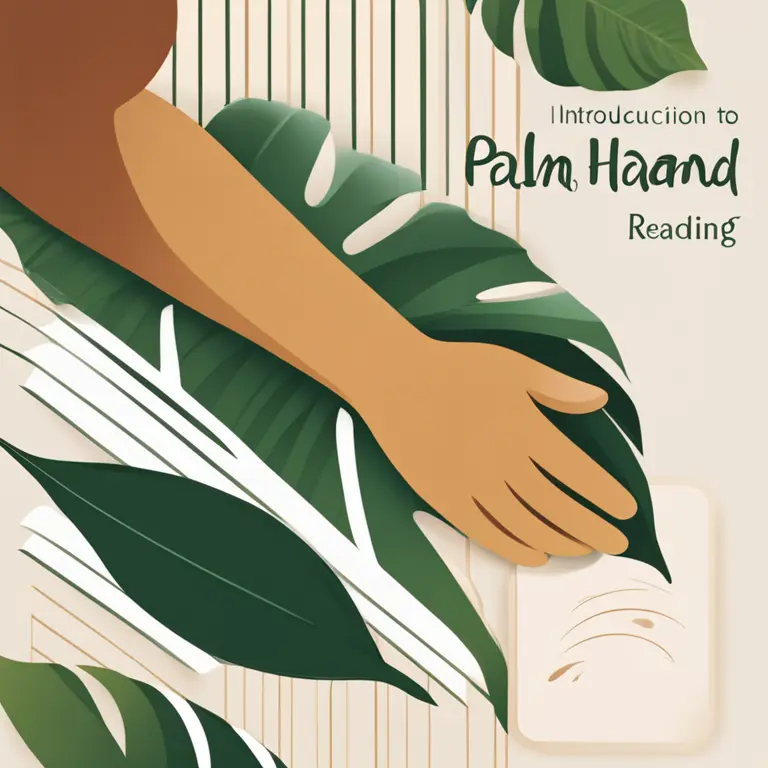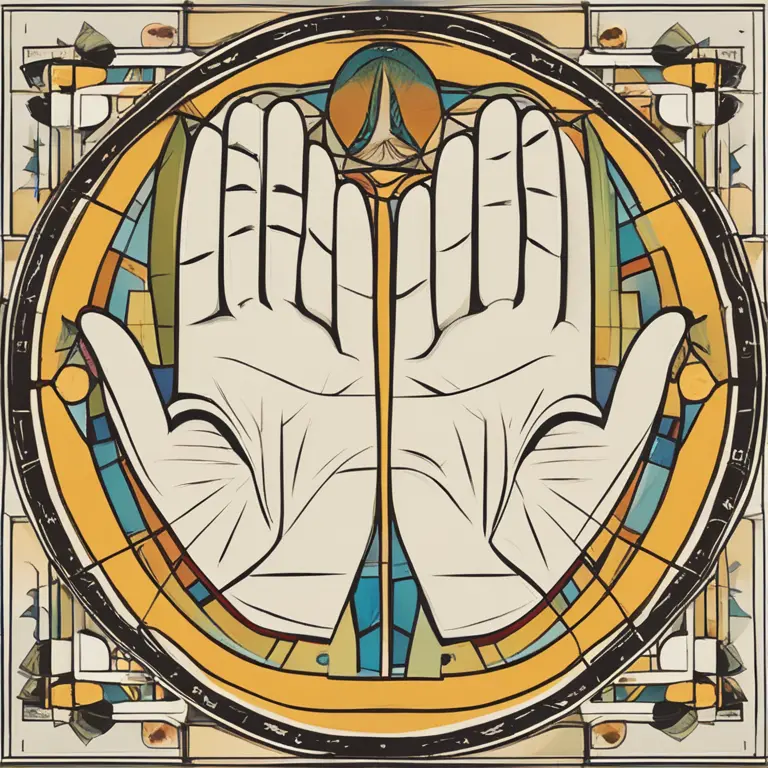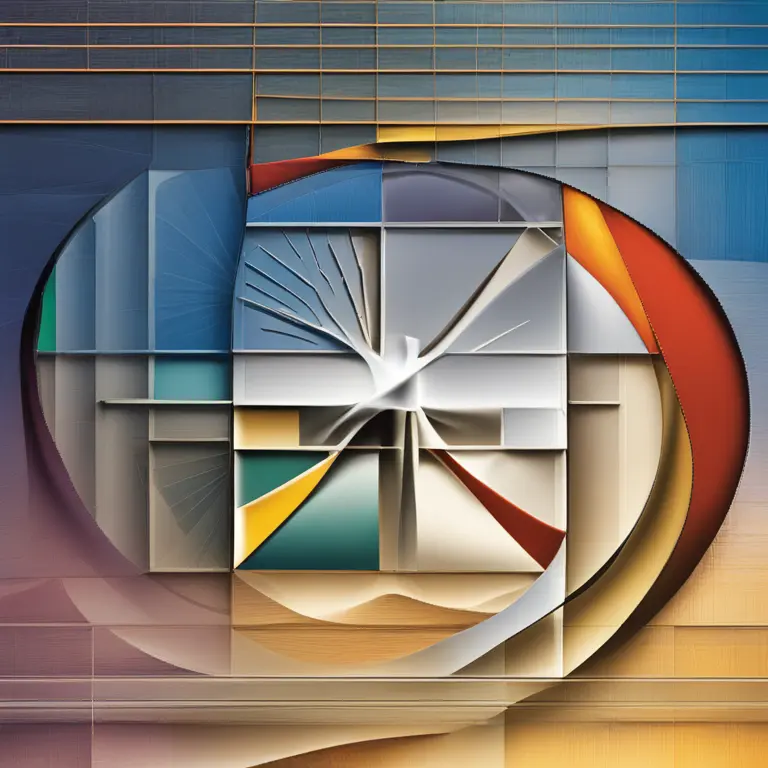
Palmistry Guide: Which Hand Should You Read?
Discover the palms of insight as we delve into the significance of reading the left or right hand in palmistry—with practical guidance for your spiritual journey.
article by Nora Pennington
Introduction to Palm Hand Reading
Palmistry, or chiromancy, stands as a profound tool in the mystical world, offering intriguing insights through the careful examination of the hands. Each line, mound, and crease holds stories—potential, abilities, and secrets waiting to be interpreted. But a fundamental question arises for novices and experts alike: which hand do you read in palmistry? The practice of this art has evolved through centuries, and today's palmists often follow specific guidelines to unravel a person's past, present, and potential.

The Dominant Hand - Your Life's Active Blueprint
In most cases, palm readers start with the dominant hand—the one a person uses to write and perform most activities. This hand is believed to reflect the conscious mind, life achievements, and the active aspects of one’s persona. Over the years, it shows the experiences you've acquired and the lessons learned. The dominant hand is indeed your life's active blueprint, which gives palmists a glimpse into the ways you have shaped and will continue to shape your destiny.

The Non-Dominant Hand - Potential and Possibilities
The non-dominant hand holds its own mystical sway, offering a different kind of mirror into a person's life—one that reflects inherited traits, potential, and subconscious tendencies. It's the realm of what could be, the untouched canvas of one's life. Reading the non-dominant hand provides insights into inner inclinations and hidden talents, offering a contrast to the dynamic storytelling of the dominant hand.

Current Trends in Palmistry
Modern palmists tend to integrate a holistic approach. Current trends in palmistry for 2024 and beyond suggest that both hands should be read together for a complete and balanced understanding. By comparing and contrasting the palms, readers can pinpoint areas of growth, inherent strengths, and future possibilities. Such an inclusive approach allows for a comprehensive reading, embracing the full spectrum of an individual's journey through life.
Gender Theories in Hand Selection
Traditionally, some palmists differentiated hand selection based on gender. It was common to read the right hand for men and the left for women. However, this approach is now widely regarded as outdated, as the field of palmistry recognizes the complex and unique aspects of each individual, irrespective of gender norms or biases.
Embracing the Hands Together
Embracing the insights from both hands offers the most nuanced understanding. The conversation between the hands can reveal moments of transformation, where the latent talents shown in the non-dominant hand become active within the dominant hand. Consider how life changes—big and small—might be etched into your palms and how today’s potential might forecast tomorrow's achievements.
Practical Steps for Hand Reading
For those looking to apply this knowledge practically, begin with your dominant hand, making note of the prominent lines and features. Then, observe the non-dominant hand for comparison. Look for variations in line depths, shapes of mounts, and lengths of fingers. A practical tip is to take prints or high-resolution photos of both hands to analyze more accurately over time, as your hands change with life's ebb and flow.
Published: 1/11/2024
Modified: 1/12/2024
More predictions
Come back here soon to learn more about yourself and your future


Can We Trust Palmistry?
Delving into the realm of palmistry, this article examines its credibility and place in contemporary spiritual practices.


Can Palmistry Predict Your Path Incorrectly?
Delving into the accuracy of palm readings, this article examines whether palmistry can lead to incorrect predictions about one's life and destiny.


Can Palmistry Foresee One’s Demise?
Delve into the contentious debate about whether palmistry can predict the end of life and the ethical considerations of such a claim.